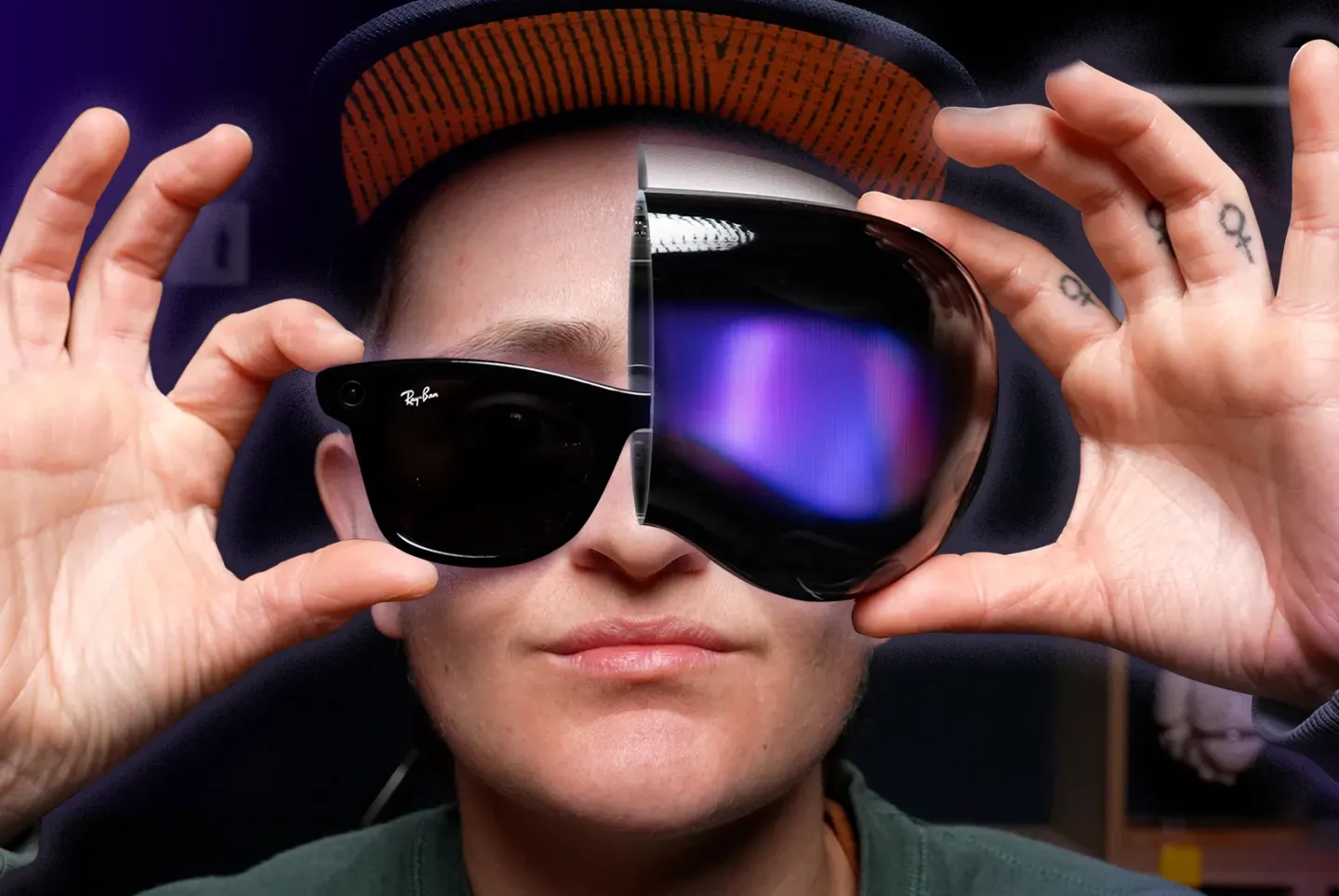After years of false starts and consumer skepticism, smart glasses are staging a dramatic comeback. But the billion-dollar question remains: do people actually want to strap computers to their faces?

The Rocky Road to Acceptance
Smart glasses have stumbled through more iterations than a software beta test. Google Glass crashed and burned in 2014 amid privacy concerns and social stigma—remember "Glassholes"? Snapchat's Spectacles became a cautionary tale of overconfidence, with the company writing off nearly $40 million in unsold inventory. Even Microsoft's HoloLens, despite impressive technology, remained trapped in enterprise purgatory.
The pattern was consistent: impressive demos, breathless media coverage, lukewarm consumer response, and inevitable retreat to the drawing board.
What's Different This Time
Today's smart glasses landscape looks fundamentally different from those early missteps. Three key factors are driving renewed interest:
Fashion-First Design: Meta's partnership with Ray-Ban produced glasses that look like, well, actual glasses. The chunky, obviously tech-laden designs of yesteryear have given way to frames you might actually want to wear to dinner. Fashion-forward companies like Warby Parker and Luxottica are now major players in the space.
Practical Use Cases: Instead of trying to replace smartphones, modern smart glasses focus on specific, valuable functions. Taking hands-free photos and videos, listening to music without earbuds, and receiving subtle notifications are proving more appealing than full-blown augmented reality overlays.
Privacy Evolution: Companies have learned from Google's privacy missteps. Today's devices often include obvious recording indicators, clearer data policies, and more granular privacy controls.
The Numbers Tell a Story
Market research suggests genuine momentum building. IDC projects the AR/VR market will reach $31.3 billion by 2027, with smart glasses representing a significant portion. Meta's Ray-Ban Stories exceeded internal sales expectations, though specific numbers remain closely guarded.
More tellingly, consumer surveys show shifting attitudes. A 2024 study by Deloitte found that 42% of consumers would consider smart glasses for fitness tracking, up from just 23% in 2022. Among Gen Z respondents, that number jumps to 58%.
The Generational Divide
Age demographics reveal fascinating patterns in smart glasses adoption. Digital natives who grew up with smartphones seem more comfortable with ambient computing. They're already accustomed to documenting life constantly and receiving digital information throughout the day.

Meanwhile, older consumers remain skeptical, particularly around privacy and social etiquette. The success of smart glasses may ultimately depend on younger users normalizing the technology, similar to how millennials drove smartphone adoption.
Real-World Applications Emerging
Beyond consumer curiosity, practical applications are materializing across industries:
- Healthcare professionals use smart glasses for hands-free patient data access
- Warehouse workers receive picking instructions without looking away from their tasks
- Field technicians access repair manuals while keeping their hands free
- Content creators capture first-person footage more naturally than ever
These B2B use cases provide the steady revenue stream needed to fund continued consumer innovation.
The Obstacles Ahead
Despite promising signs, significant hurdles remain. Battery life continues to disappoint—most smart glasses manage only 3-6 hours of active use. Social acceptance varies wildly by region and demographic. Privacy concerns, while diminished, haven't disappeared entirely.
Price remains a barrier for mainstream adoption. Most compelling smart glasses cost $300-500, putting them in premium accessory territory rather than mass market appeal.
The Verdict: Cautious Optimism
Smart glasses appear poised for genuine breakthrough, but success isn't guaranteed. The technology has matured significantly, fashion partnerships have solved the "dork factor," and practical use cases are finally clear. However, widespread adoption will require continued iteration on comfort, battery life, and social acceptance.
The question isn't whether people want smart glasses—early indicators suggest many do, given the right product. The real question is whether companies can deliver on that promise without repeating past mistakes. Based on current trajectory, 2024-2025 may finally answer whether smart glasses can achieve the mainstream success that has remained elusive for over a decade.
